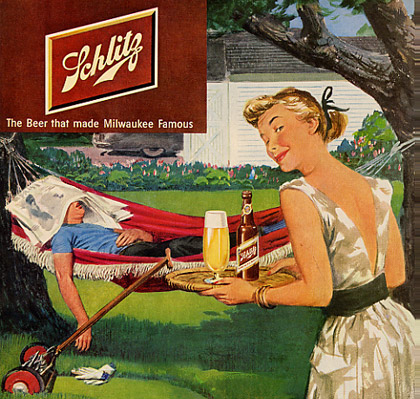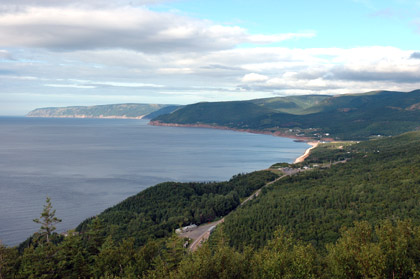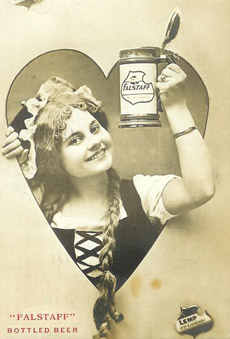 We’ll be in Brussels (still thinking about this) on Sept. 15, the day Budweiser American Ale officially debuts on draft. We’ll be in Stuttgart at Germany’s second largest beer festival on Sept. 29, the day the first bottles of American Ale go on sale.
We’ll be in Brussels (still thinking about this) on Sept. 15, the day Budweiser American Ale officially debuts on draft. We’ll be in Stuttgart at Germany’s second largest beer festival on Sept. 29, the day the first bottles of American Ale go on sale.
Will the American beer world have been transformed by the time we return in December?
I think not, but you might disagree based on the amount of words already generated in beer blogs and at the beer rating/discussion sites (one example). Anheuser-Busch has done a great job of creating interest in American Ale ahead of its release. Of course it helps to have millions of advertising dollars to spend during the Olympics.
And for POS (point of sale advertising), like the tap handle pictured, that evokes a the same classic American tavern/saloon feel many smaller breweries and the places that serve their beer have taken advantage of for more than 20 years.
Not that A-B has done everything right. For instance, this from a company press release:
“Budweiser American Ale defines a new style of ale – The American Ale – with the full-bodied taste profile of the amber ale style, yet remarkably smooth and balanced,” said Eric Beck, brewmaster for Budweiser American Ale.
There’s an arrogance in that quote that begs for a separate post with a snippy headline.
That aside, A-B is providing support that the Michelob Specialty beers didn’t receive a decade ago, and seeing of the powerful Budweiser name offers the same sort of halo effect (no, I didn’t mean with you) it did for Bud Light way back when.
So what does Budweiser American Ale it taste like? I don’t know, but you can check here (Lew Bryson), here (three stars), here (a “huge splash”) and here (“not bad”).
No surprise. Pacific Ridge (5.6% abv, 35 IBU) and American Hop Ale (5.6% abv, 50 IBU) were both solid beers. The thing is . . . neither found an audience, at least big enough to satisfy the corporate decision makers.
Will BudAle?
I don’t expect that will be decided by March. We’ll be passing through St. Louis then, so I hope to visit a tavern with a big Budweiser eagle in the window to see what the locals are thinking . . . and drinking.


 – Both
– Both